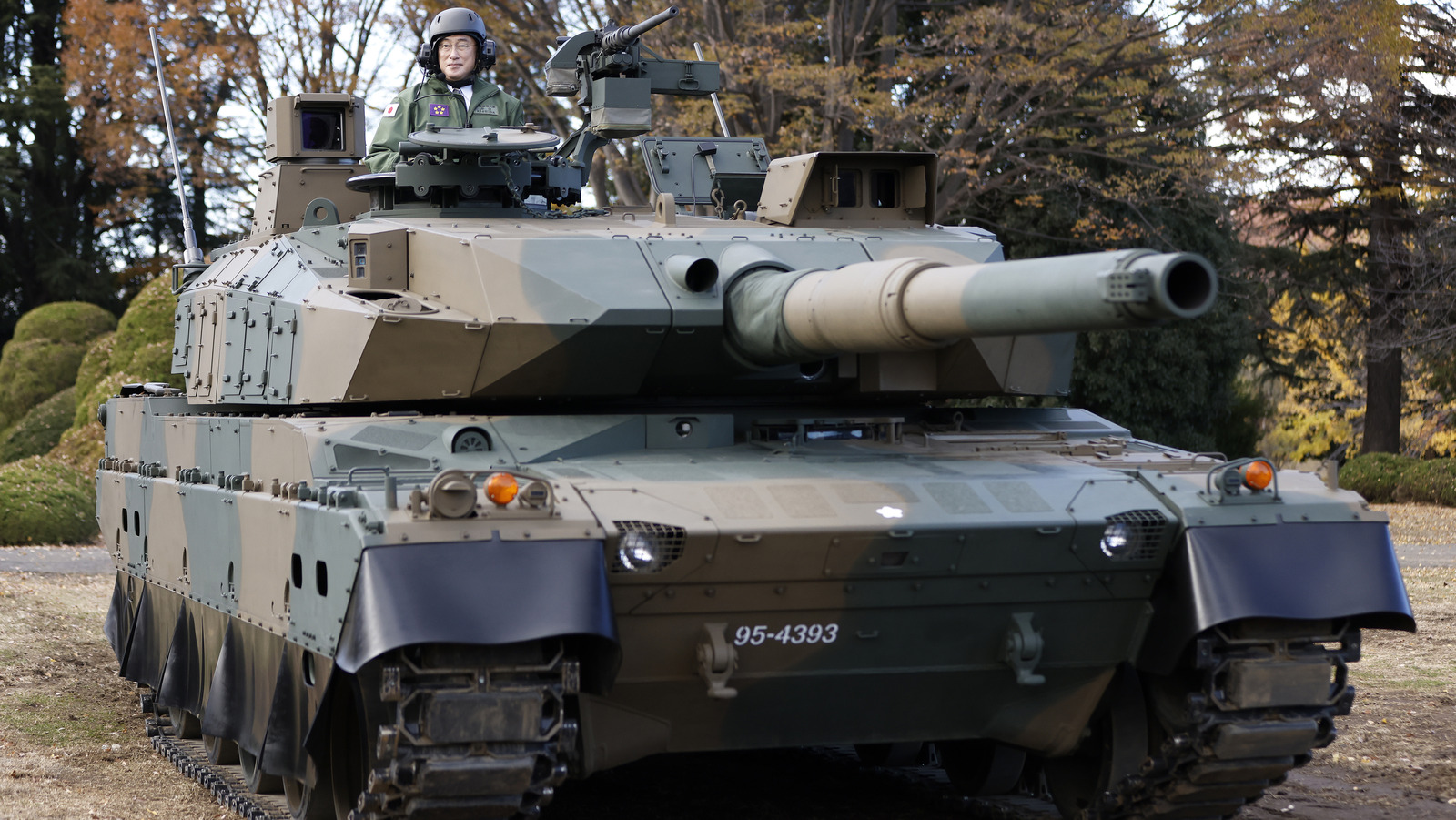Japan Retires Its “Aged” Type 74 Main Battle Tanks
The Japan Ground Self-Defense Forces have been retiring their aged Type 74 tanks, which belong to the same generation as World War II and Cold War tanks like the M48 Patton and Leopard 1.
(DEFENCE SECURITY ASIA) — The Japan Ground Self-Defense Forces have been retiring their aged Type 74 tanks, which belong to the same generation as World War II and Cold War tanks like the M48 Patton and Leopard 1.
The tanks, built by Mitsubishi Heavy Industries, initially numbered 850, but this figure decreased to 150 by 2021 and now stands at just 90.
According to a statement from the Japanese Ministry of Defense, the units operating the Type 74 tanks were also retired, with their personnel reassigned to other formations within the Japanese army.
Japanese media report that these military personnel are now serving in units that operate the Type 16 armored vehicles.
Japan developed the Type 74 tanks to replace the older Type 61 tanks.

However, shortly after the introduction of the Type 74, Japan’s Western allies, such as the United States and Germany, introduced more modern tanks like the Abrams and Leopard 2.
Japan now relies entirely on its fourth-generation tanks, the Type 10 and Type 90, also built by Mitsubishi.
The Type 10 main battle tank was commissioned into service in 2012, while the Type 90 has been in service since 1990.
Following the retirement of the Type 74, the core of Japan’s armored strength now fully depends on the Type 10 and Type 90 tanks.
Reports also suggest that the Type 90 will soon be phased out to make way for the development of a new, more capable generation of tanks aimed at addressing military threats, particularly from China and North Korea.

The development of the Type 74 began in the 1960s, with its deployment commencing in the 1970s alongside other tanks in the national armed forces.
Weighing 38 tons, the Type 74 was equipped with a 105mm cannon, similar to its contemporaries such as the M48 and M60, compared to the 120mm cannons used by modern tanks like the Abrams and Leopard 2, while Russian tanks use a 125mm cannon.
The Type 74 featured a Mitsubishi 10ZF Model 21, 10-cylinder two-stroke diesel engine providing 750 hp (560 kW), with a power-to-weight ratio of 19 hp/ton, comparable to the French AMX-30 light tank.
It achieved a maximum road speed of 53 km/h, though speeds of at least 60 km/h have been recorded.
Unlike the composite armor used on the Type 90, the Type 74 used welded steel plates to withstand kinetic energy penetrators and armor-piercing shells.

Considered obsolete even before it entered service, the Type 90 was intended to fully replace the Type 74, but this plan was not pursued after the end of the Cold War.
In 1993, four Type 74 tanks were upgraded to the new Type 74 Kai (改) [Type 74 mod G (G型)] standard, incorporating a passive infrared camera and other enhancements.
However, these upgrades proved too costly, leading to the termination of the program. — DSA



Comments are closed.